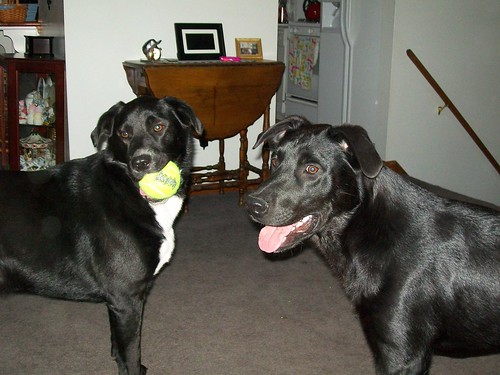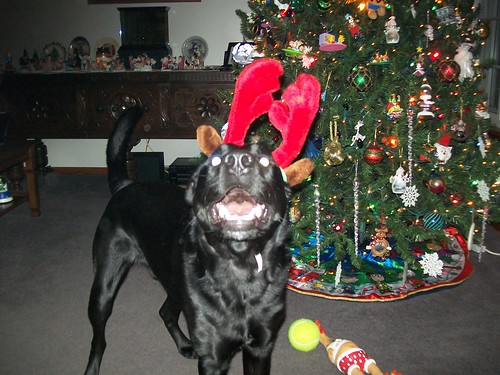What to Expect When House Training a Puppy in 7 Days
House training a puppy in 7 days is not hard to do and is often thought of as impossible to do. While it can be tricky at first, it is certainly doable and with a little practice, you puppy will be housebroken in 7 days or less. Generally it takes about a day or two for your puppy to really begin to understand what house training is all about, but it does depend largely on the breed of dog and how old he or she is.
House training doesn't have to take months to accomplish so let's look at some things you can do to effectively house train your puppy in 7 days.
One of the biggest things is to set a schedule for your puppy to follow. This can be as simple as taking him outside to go potty after every meal and feeding him at the same time every day so that he gets used to the fact that he has to go potty at a certain time. Young puppies don't often know that they have to go potty until it is too late so if you can get them outside before they do, you will have a much better chance of avoiding an accident on your rug.
Giving your puppy a treat and saying something positive like "good boy!" right after he finishes going potty will also help him become potty trained faster. It works well and should not be overlooked when house training your puppy. Puppies want to please you and also love food so if you can show him that he is pleasing you and give him food to; he is going to understand you much better.
Of course there will be times when your puppy just won't be able to make it outside in time. This is normal and is part of raising a puppy so when it does happen don't freak out. It won't do you or your puppy any good to yell at him and it may even make things worse and confuse your puppy. The best thing to do when this happens is to just let it go and clean up the spot with a good pet disinfectant. You don't want your puppy to be able to smell the floor where he went and think that it is OK to go there.
House training a puppy in 7 days is possible but you will still need to keep a constant eye on your puppy to make sure he does not have any accidents. After that you should not have to worry about your puppy going potty in your house again.
To find out more about house training a puppy in 7 days, check out some more tips at http://www.squidoo.com/house-training-a-puppy-in-7-days.
Technorati Tags: All About Labradors Labrador Retriever Labradors Dogs Pets
View original article http://EzineArticles.com/4779369
Continue Reading...
House training doesn't have to take months to accomplish so let's look at some things you can do to effectively house train your puppy in 7 days.
One of the biggest things is to set a schedule for your puppy to follow. This can be as simple as taking him outside to go potty after every meal and feeding him at the same time every day so that he gets used to the fact that he has to go potty at a certain time. Young puppies don't often know that they have to go potty until it is too late so if you can get them outside before they do, you will have a much better chance of avoiding an accident on your rug.
Giving your puppy a treat and saying something positive like "good boy!" right after he finishes going potty will also help him become potty trained faster. It works well and should not be overlooked when house training your puppy. Puppies want to please you and also love food so if you can show him that he is pleasing you and give him food to; he is going to understand you much better.
Of course there will be times when your puppy just won't be able to make it outside in time. This is normal and is part of raising a puppy so when it does happen don't freak out. It won't do you or your puppy any good to yell at him and it may even make things worse and confuse your puppy. The best thing to do when this happens is to just let it go and clean up the spot with a good pet disinfectant. You don't want your puppy to be able to smell the floor where he went and think that it is OK to go there.
House training a puppy in 7 days is possible but you will still need to keep a constant eye on your puppy to make sure he does not have any accidents. After that you should not have to worry about your puppy going potty in your house again.
To find out more about house training a puppy in 7 days, check out some more tips at http://www.squidoo.com/house-training-a-puppy-in-7-days.
Technorati Tags: All About Labradors Labrador Retriever Labradors Dogs Pets
View original article http://EzineArticles.com/4779369
















